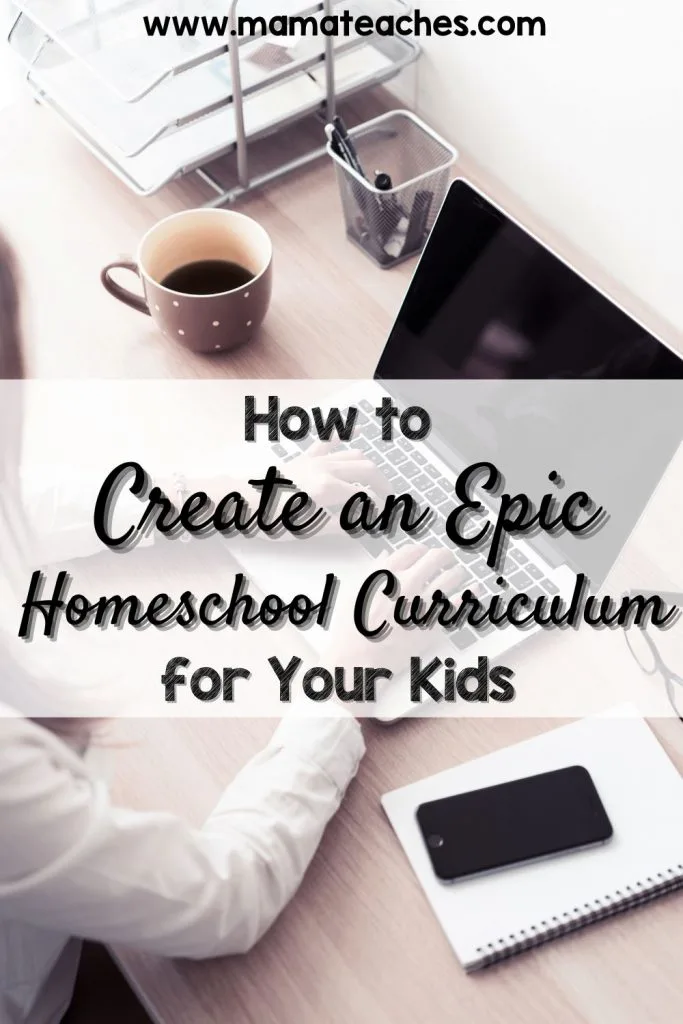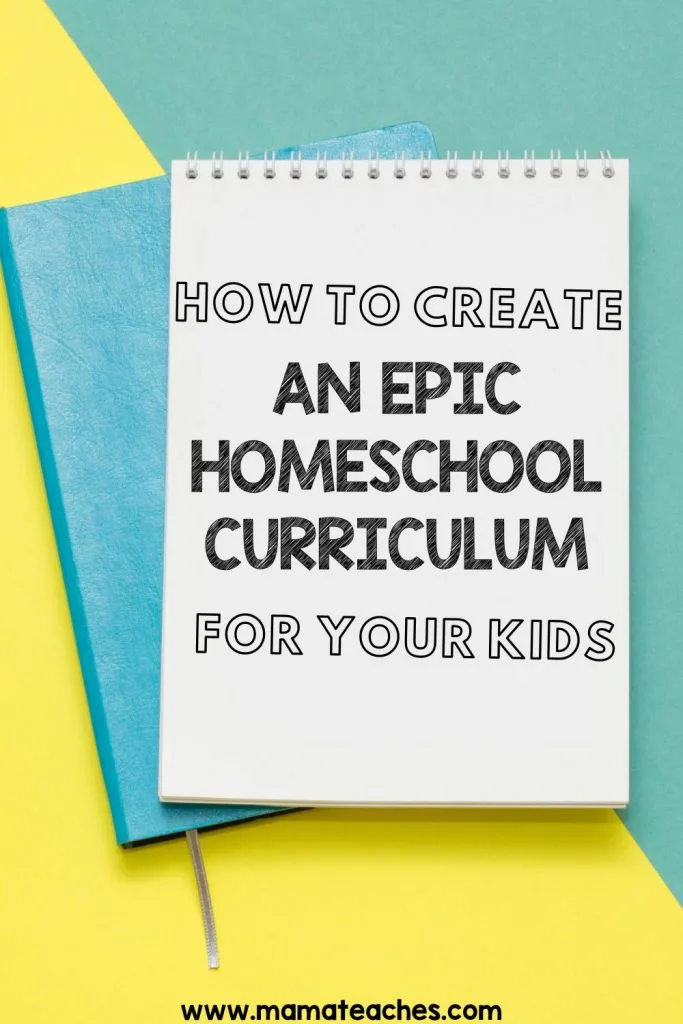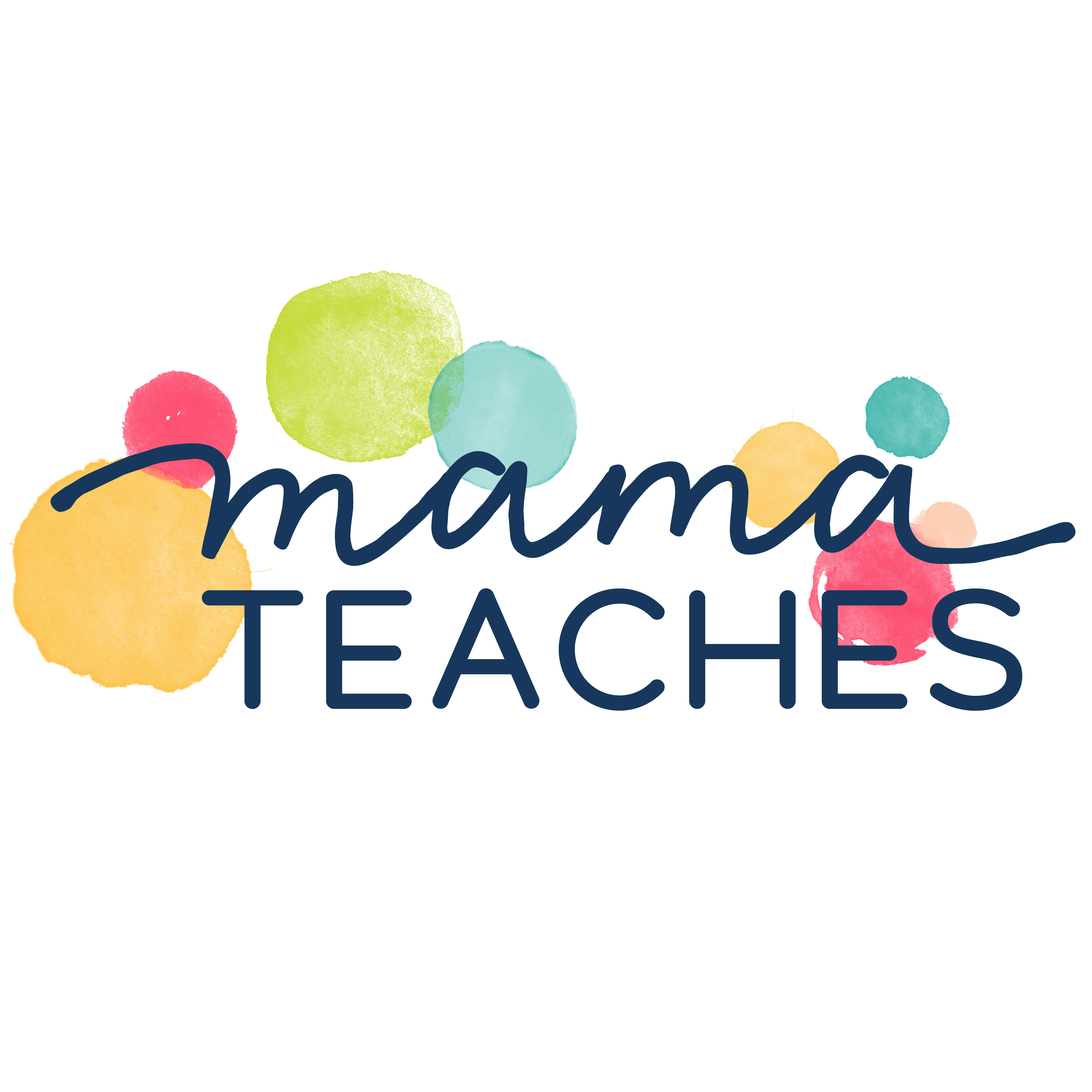Are you tired of a one-size-fits-all homeschool curriculum?
Why not design your own?
Check out how to create your own epic homeschool curriculum.

This article contains affiliate links to things that you might like.
Creating an Epic Homeschooling Curriculum
One of the main advantages of homeschooling is that you can tailor your child’s education to fits his personal needs and goals.
Why settle for an all-in-one boxed curriculum that doesn’t quite fit your child?
You know your child best, how he learns and what motivates him.
You can design an epic homeschool curriculum that is not only effective and engaging but also a perfect fit.
What do you need to keep in mind as you pick and choose from the host of curriculum options?
Read on to find out.
Suit Yourself
Before we dive into how to design an epic homeschool curriculum for your child, we need to consider your child’s teacher: you.
What are your strong suits as a teacher?
Are you a hands-on, free-spirited type?
Or do you like lots of guidance, even scripted lesson plans?
Think about the type of curriculum that you would feel comfortable using.
Chances are, there will be lots of choices within your comfort zone, so feel free to make this the first step in narrowing down your options.

Make It Interest-Based
I once selected a grammar book that had been written for kids who lived in a rural setting.
There were lots of sentences and stories about milking cows, chopping firewood, and planting corn.
The problem?
We lived in the suburbs, and my 4th grader was completely uninterested in these topics that had little to do with her interests or experience.
It was not a great fit, and she hated grammar.
Your student will be infinitely more interested in homeschooling if you keep her interests in mind.
If she loves birds, why not pick a science curriculum that features them?
If your son is into Minecraft, you can choose lessons on history from Minecraft’s Education Edition.
Is your daughter a budding chef?
Why not cook your way through a study of global cultures?
By tying education to your student’s interests, you will turn school from a chore to a pleasure.
That’s epic!

Make It Well-Rounded
You also need to keep in mind the skills you want your student to learn.
Does your son need extra handwriting or typing practice?
Even though your daughter may excel in math, perhaps she needs to work on the 5-paragraph essay.
Make a list of the goals you have for your student.
Then pick curricula that will help you pursue those goals.
Even if your child is only excited about science (for example), make sure you toss in some history and language arts as well.
Chances are, you can tie them into science to make it worth her while.
The younger years are where you need a broad-based approach to education.
The time will come when she can focus her education on just a few subjects.
Until then, make her education well-rounded.

Make It Inquiry-Led
There is power in good questions.
As your child’s teacher, remember to ask and not just tell.
If you attended school as a child, you are used to the education model of “being taught.” The teacher stands at the front of the class, talks and talks, and you try to absorb the information.
That is a passive model of education.
Inquiry-led learning is active.
You ask questions of your student.
If you are reading, ask inference questions like “What do you think will happen when Sam casts his fishing pole in the lake?”
If you are doing science together, ask, “What do you think will happen when we mix these two chemicals?”
You can ask your child what she remembers about fractions, whether she has ever heard frogs croaking at night, or where she sees commas in a sentence.
Interact as much as possible–don’t give speeches.
Be willing to follow the chain of your child’s questions as well.
I know, I know, questions can derail a lesson plan.
But allowing some time for rabbit trails can be the most memorable part of your child’s education.
Is he completely absorbed with knights of the Middle Ages?
Take a week and do a unit study on knights and castles!
Check out books from the library, build a castle with cardboard boxes, cook recipes from medieval Europe…make your homeschool an epic adventure!

Include Classical Components Too
When designing your own epic homeschool curriculum, you don’t need to chart new waters in every respect.
You have the classical components to help you implement the content you’ve selected.
These tools include:
Copywork
Copying sentences from history, literature, or science is a wonderful way to practice correct grammar and syntax.
Narration
The ability to summarize what you have read or heard is another classical tool.
Your student can dictate his narration to you, or he can write it himself.
Dictation
You read a sentence to your student, and he writes it down with correct capitalization, punctuation, and spelling.
You can cover classical subjects as well (this goes back to a well-rounded education) such as history, math, literature, writing, the arts (like music or art), and critical thinking.

How to Design an Epic Homeschool Curriculum
You know your child best, so you are in a unique position to design an epic homeschool curriculum just for him!
It will be both engaging and effective if you keep these aspects in mind.
